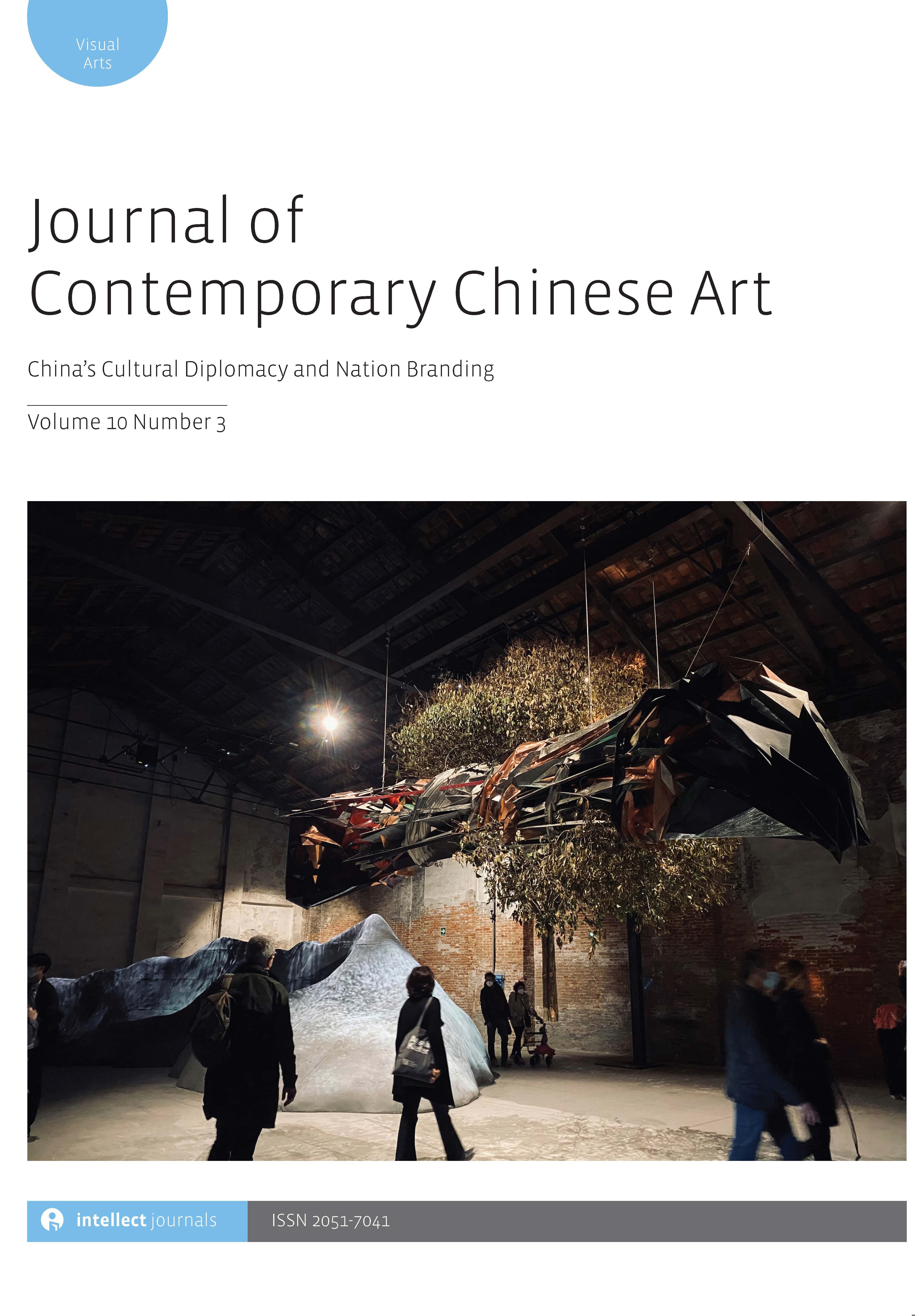
Full text loading...

References to native culture are frequently in the foreground of works by Chinese women artists. When they make contact with different cultures, although not necessarily connected with leaving their place of birth thanks to the transfer of information and cultural heritage that has developed extremely efficiently in the era of globalization (Gordon Mathews), they see their own entanglement in the cultural tradition. In the process of constructing their identity they try to find answers to the following question: which part of the cultural tradition is mine? Which one do I identify with? In the case of Chinese women artists, is it the legacy of literati? Classic ink painting and calligraphy? Or perhaps women's crafts that bear no name? Or perhaps a mixture of inspirations? Such questions about material heritage might also be augmented by others that consider aspects of the immaterial heritage of China. This article explores how Chinese women artists such as Chen Qingqing, Qin Yufen, Shi Hui, Wang Xiaohui, Cheng Caroline, Lin Tianmiao, Zhang Yanzi, Man Fung-yi, Liu Liyun, Peng Wei, Chen Lingyang, Chen Qiulin, Zhang Ou and Liu Ren refer to their cultural tradition.

Article metrics loading...

Full text loading...
References


Publication Date:
https://doi.org/10.1386/jcca_00009_1 Published content will be available immediately after check-out or when it is released in case of a pre-order. Please make sure to be logged in to see all available purchase options.